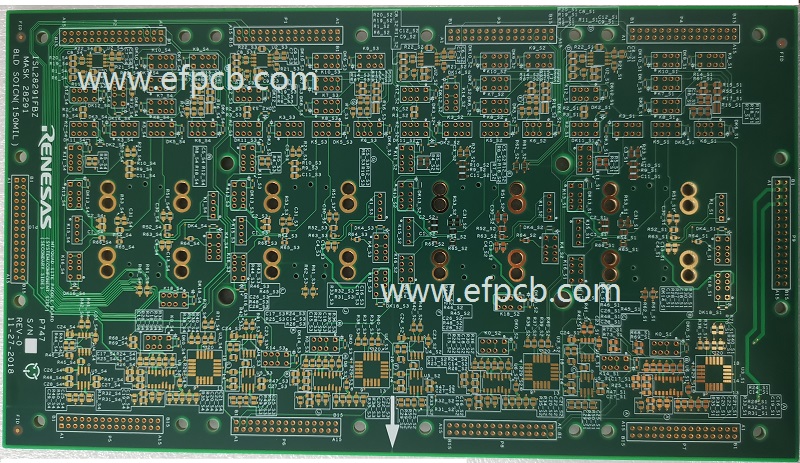Exploring the Remarkable Backplane PCB Features

Keywords: Backplane PCB
In the world of electronics, printed circuit boards (PCBs) play a crucial role in providing the foundation for electronic components and interconnections. Among the various types of PCBs, backplane PCBs stand out as robust and versatile solutions for high-speed and high-density applications. In this blog, we will delve into the remarkable features of Backplane PCB and explore why they are essential in modern electronic systems.
High-Speed Performance
One of the primary advantages of backplane PCBs is their ability to support high-speed signals. These PCBs are engineered with advanced materials, controlled impedance, and specific layer stack-ups to ensure signal integrity. Backplane PCBs are designed to minimize signal loss, skew, and crosstalk, enabling the transmission of high-speed data across various channels without compromising performance.
High-Density Interconnects
Backplane PCB are known for their ability to handle a high density of interconnects. They feature multiple layers of conductive traces, enabling the routing of numerous signals between connectors and modules. These high-density interconnects are critical in systems where multiple subsystems, such as processors, memory, and peripherals, need to communicate efficiently and simultaneously.
Power Distribution
In addition to supporting high-speed data transmission, backplane PCBs are designed to efficiently distribute power across the system. They incorporate power planes and carefully controlled power delivery networks to ensure stable voltage levels and minimize power losses. This feature is particularly crucial in systems with demanding power requirements, such as servers, telecom equipment, and industrial applications.
Reliability and Redundancy
Backplane PCBs are engineered with reliability in mind. They often include redundant components and redundancy schemes to ensure system availability in case of component failures. Redundant power supplies, connectors, and data paths can be implemented to create fault-tolerant systems. These features make backplane PCBs highly reliable, minimizing downtime and enhancing system resilience.
Thermal Management
With the increasing power densities of modern electronic systems, effective thermal management is crucial. Backplane PCB incorporates thermal vias and heat dissipation techniques to efficiently manage heat generated by components. This ensures that critical components stay within their operating temperature ranges, reducing the risk of performance degradation or failure due to overheating.




